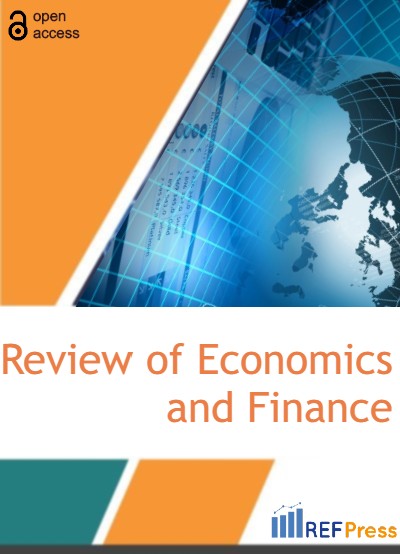
Studying the Impacts of Several Macroeconomic Factors on Economic Growth in Vietnam
(Pages 472-482)Dao Van Hung*
Academy of Policy and Development, Hanoi city, Vietnam
DOI: https://doi.org/10.55365/1923.x2024.22.50
Abstract:
The article studies the impacts of several macroeconomic factors on GDP growth in Vietnam from 1991 to 2020 using Ordinary Least Squares Regression (OLS) and Quantile Regression. The research results show that the M2 money supply has a positive impact on GDP growth from 1991 to 2020, in which the positive effect of M2 is more substantial at the 40-60% percentile; inflation has a positive impact on GDP growth at the 40-50% percentile, meaning that an economy that maintains an inflation rate around the medium value can increase the likelihood of achieving the highest growth and vice versa; public debt has a positive impact on GDP growth at the 0-20% and 60% percentiles and a negative impact at the 20-50% percentile, or above 60-100%. Regarding lending rates, the results show no evidence of the effect of this variable on GDP growth. The percentiles of the variables in the study can be used in constructing thresholds in Government policy administration, especially in coordinating monetary and fiscal policies.
Keywords:
Economic growth; Interest rate; Money supply; Public debt; Consumer price index.
JEL:
C32; F43, O47.
How to Cite:
Dao Van Hung. Studying the Impacts of Several Macroeconomic Factors on Economic Growth in Vietnam. [ref]: vol.22.2024. available at: https://refpress.org/ref-vol22-a50/
Licensee REF Press This is an open access article licensed under the terms of the Creative Commons Attribution Non-Commercial License (http://creativecommons.org/licenses/by-nc/3.0/) which permits unrestricted, non-commercial use, distribution and reproduction in any medium, provided the work is properly cited.
